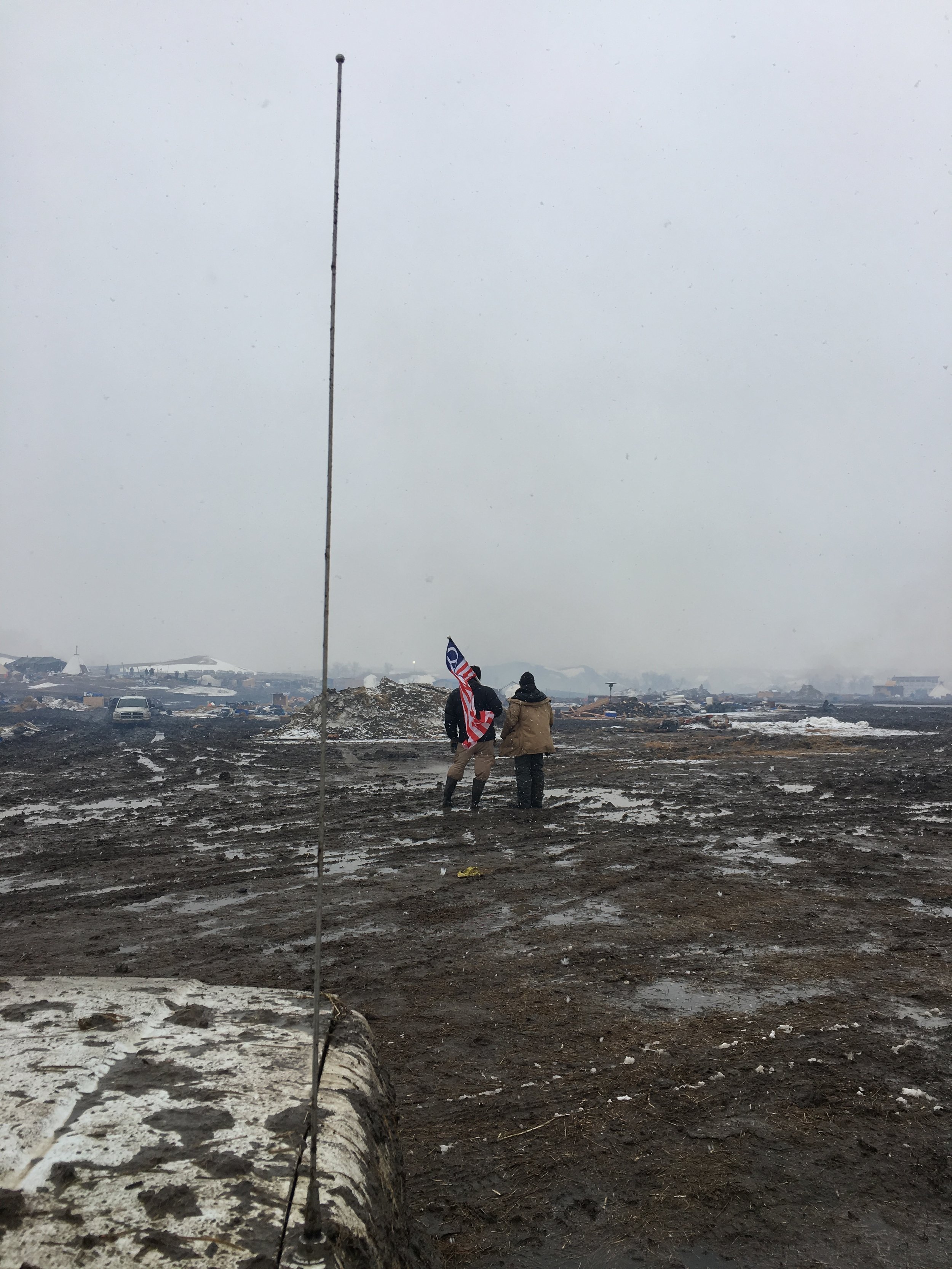How to Bring the Lessons of Standing Rock into the Classroom
/Photo taken by Matt Halvorson on the Standing Rock Reservation in November 2016.
Amid the recent executive order expediting the construction of the Dakota Access Pipeline on the Standing Rock Reservation, teachers inside and outside the community must continue to engage their students and reflect on both its impact and historical context.
The movement to protect the sacred lands of the Oceti Sakowin (the Seven Council Fires of the Lakota, Nakota, and Dakota Nations) not only united a network of tribal nations and allies, but also sparked long overdue—and sometimes difficult—discussions on a multitude of complex issues, including environmental protection, tribal sovereignty, racial oppression, privilege, and access to power.
While the Sacred Stone Camp has been disbanded, teachers can still engage students in this dialogue and keep this issue—and the history of Native people and lands—in the national consciousness. Below are some resources and suggestions for teachers to leverage now:
Photo taken by Matt Halvorson on the Standing Rock Reservation in November 2016.
- Get the facts. Discover the historical context of the events leading to Standing Rock with this brief primer from KGW-TV in Portland and a more detailed version from NYC Stands with Standing Rock titled the #StandingRockSyllabus.
- Understand firsthand perspectives. Read an account of the protests from Robert Cook, who leads Teach For America’s Native Alliance Initiative. Also be sure to visit an inspiring piece from Tariq Brownotter, a senior at McLaughlin High School in South Dakota who ran more than 500 miles from South Dakota to Washington, D.C., as part of a Dakota Access Pipeline Awareness run. The Washington Post and National Geographic have more voices from the Sacred Stone camp. (RUFS Note: read more about Matt Halvorson's experience at Standing Rock on the Rise Up For Students blog)
- Create a powerful lesson. Several news organizations have put together downloadable lesson plans that cover the conflict from a variety of viewpoints in both print and video, including National Geographic, The New York Times (here and here), and KQED-TV, San Francisco’s PBS affiliate. Aside from news outlets, check out this page from Teaching Tolerance, a project of the Southern Poverty Law Center, which offers ways for educators to make Standing Rock accessible to students across a range of subjects.
- Teach stories of youth activism. You can also view a collection of resources from The Choices Program, which focuses on youth activists’ role in this and other social movements.
- Stay engaged. Learn more about organizations advocating for the rights of Native communities:
- Native Organizers Alliance: Website, Facebook
- Thunder Valley: Website, Facebook
- Water Protector Legal Collective: Website
- Indigenous Environmental Network: Website, Facebook
- Indigenous Peoples Power Project: Website, Facebook
- Honor the Earth: Website, Facebook
- Brave Heart Society: Facebook
An original version of this post originally appeared on TeacherPop. Reposted with permission.
Brought to you by Teach For America, TeacherPop provides real talk, tips, and activities that teachers can use in the classroom. Writers offer advice for all of the challenges new teachers face, sharing everything from difficult reflections on their darkest days to quick tips for sprucing up their classrooms and their lives.








